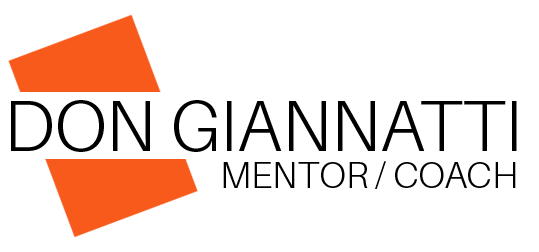TEN THOUSAND HOURS?
LET’S REEXAMINE WHAT THAT MEANS IN A PRACTICAL SETTING
By now we are all familiar with Malcolm Gladwell’s 10,000-hour rule from his pop-psychology book, Outliers. It was actually discovered by K. Anders Ericsson in his investigation of top performers. Gladwell’s book simplified and in many ways distorted what Ericsson had written.
And many people have either totally trusted this information or been hard at work debunking it.
I am the latter group, although I absolutely believe in diligent practice and the need for “impatient patience”.*
In my working with creative professionals – especially those who are over 40 – is that they discount the years of experience leading up to making their break into the world of professionalism in their field.
They somehow think that they need to have been photographing for 10,000 hours.
That is about 5 years full time.
20 years if only practiced on weekends.
And of course that is neither practical nor is it really true in any sense of the word.
Working hard, being deliberate in the training of one’s self on a camera can take a long time or a much shorter time depending on so many extraneous elements. There is no one thing that works for everyone.
But we are not simply talking about photography when we talk about being a professional.
We are talking about business. About being self-employed. About being on one’s own.
And for that, we can look to experience to fill in some of our missing hours from pure shooting.
Take Amy for example:
Amy is 41, married, one child finishing high school.
Amy wants to be a food shooter.
She has been shooting 2-3 times a week for the last three years and wants to break out on her own, start a commercial photography business specializing in food. She has worked in retail for the last 10 years and also volunteers at her local ASPCA.
But she worries she doesn’t have those important 10,000 hours.
I would say she absolutely does.
Photography: 2500 hours.
Running a kitchen 3500 hours.
Paying bills / light accounting: 1500 hours
Working with people 11,000 hours
Dealing with disparate groups 1500 hours
Understanding dealing with people in the retail world 9000 hours.
Living under a budget 4000 hours (or more)
And more… much more.
We are talking about a business, not just someone taking photographs. Amy has a ton of experience behind her to help her negotiate the challenges of running a photography business.
It’s more than snapping shots of fruit… it’s a business.
She may have only 2500 hours as a photographer, if half of those hours were deliberate, focused, and solid, she is most likely prepared for beginning her business.
And when she is no longer working retail but instead working in her studio, the number of hours actually taking photographs will skyrocket.
Being a professional photographer is more than just photography, although one must show some skill and excellence in the production of imagery. But it is also a business, with common business skills in high demand.
Take a serious audit of what you are proficient in.
Do you have some skills in sales, or accounting, or dealing with people, or leadership, or organizing or maybe all of them?
Then add them into your 10,000 hours paradigm and see how they shake out.
You may be closer than you think to making a go of being a full time creative.
It is one of the best things you can do for security and a long career.
WHAT DO YOU NEED TO GET STARTED INTO A CAREER OF PROFESSIONAL COMMERCIAL / EDITORIAL PHOTOGRAPHY?
I call it MINIMAL VIABLE BRAND for photographers.
I have put it all together in a multi-part self-guided course and it is FREE for you at Lighting Essentials.
